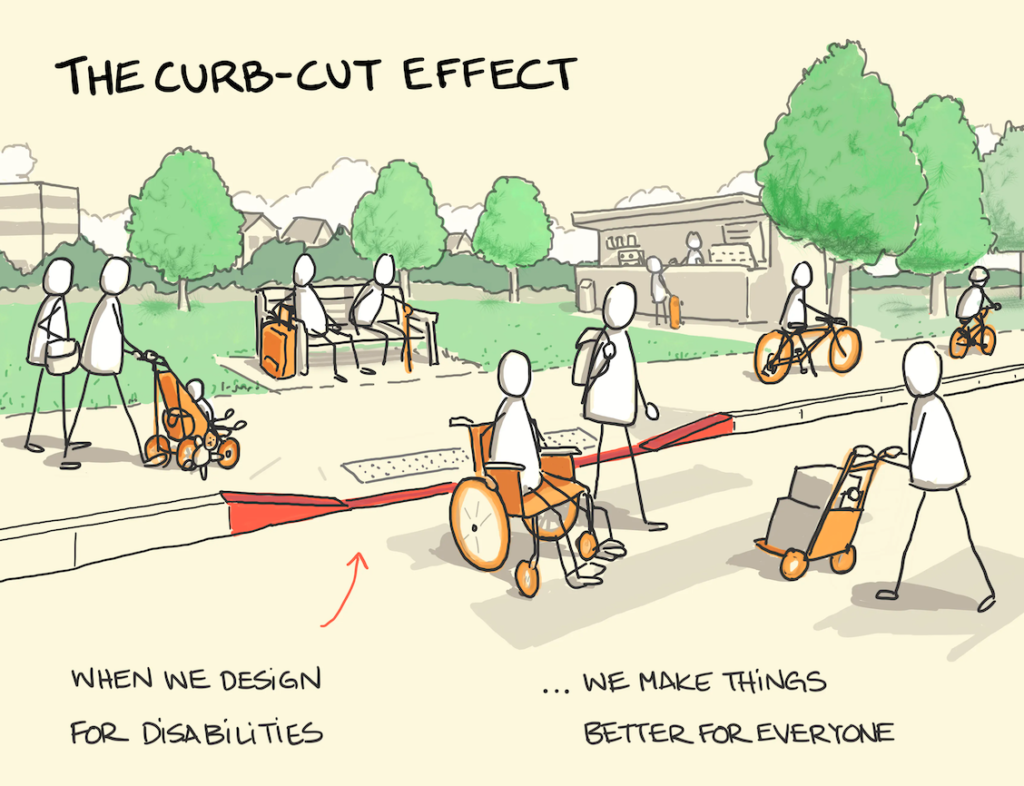Bias in UX Research Data Collection
The human brain allows humans to store a vast amount of information by creating “mental shortcuts”, which are based on repeated patterns. These repeated patters allow humans to categorize, relate, and group specific information together to create our mental shortcuts. Although this works in human favor to memorize more things, it also can lead to […]
Bias in UX Research Data Collection Read More »










